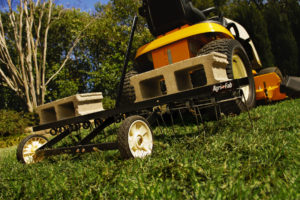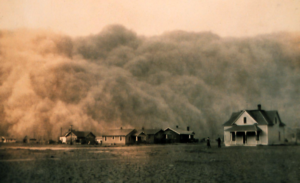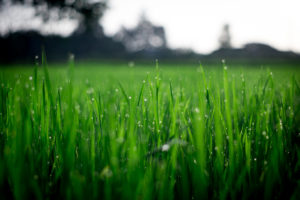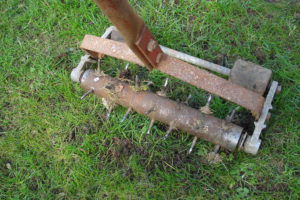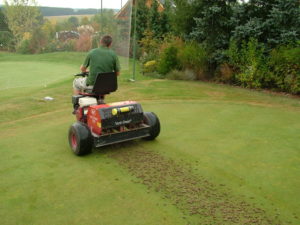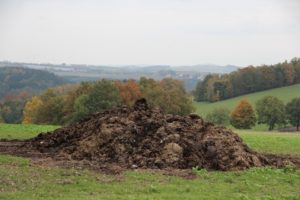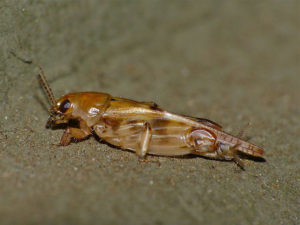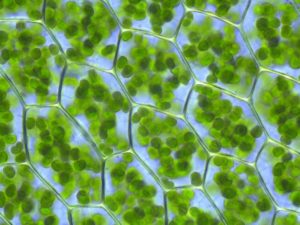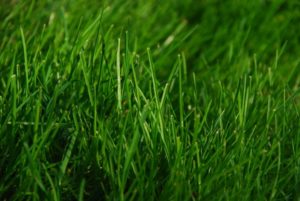Watering – Are You Doing it Right?
It seems to have (finally) stopped raining and snowing, and that means it’s time to start watering. Lawn’s can’t survive on rainfall alone, at least around here so we have to help them out. But did you realize there is more to properly watering a lawn than simply turning on a hose? While that technically would work, you run the risk of over watering, which can lead to sickly grass, shallow roots, and disease, or under watering, which leads to dry, brittle grass, and even potentially death. So, we’re here to help! Below we at VIRIDIS Lawn Care will explain the best method for watering your lawn to help it reach it’s potential.
Frequency
Lawns don’t need watered as often as many people think. Grass is very hardy and watering less frequently actually improves its root system. Watering less frequently will also help prevent diseases and mold from growing in your lawn, which can be difficult to eradicate. Anytime you have water running or pooling, you’ve gone overboard.
But don’t neglect it either! If the lawn is beginning to look wilted, brittle, or is turning color such as yellow or brown, water it! This is your grass begging for a drink. If areas of your lawn get more sunlight or dry more quickly, water only those areas to avoid over watering the areas that aren’t in need.
Depth
The biggest key to watering well is to water deeply. The deeper the water sinks into the soil, the better the root system of your lawn. But along with this, don’t try to water it deeply every day or you will drown the lawn. Infrequent, deep watering is the key to happy grass.
If you struggle to know how deep the water has seeped, try inserting a stick or screwdriver into the ground. It should poke into the dirt easily where it is wet and stop when it hits harder dry dirt. (Disclaimer: This does not work on all soil types.) Shoot for watering 6 inches deep and allow several days of drying before the next watering.
Timing
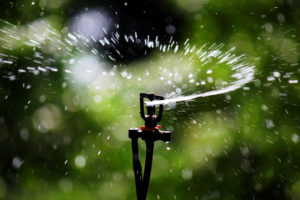 The time of day you choose to water your lawn also matters. During hot, dry weather, night waterings are preferable but during the other times of year when watering is necessary, opt for early morning instead. This will help prevent mildew. Avoid afternoon waterings whenever possible as much of the water is wasted due to evaporation.
The time of day you choose to water your lawn also matters. During hot, dry weather, night waterings are preferable but during the other times of year when watering is necessary, opt for early morning instead. This will help prevent mildew. Avoid afternoon waterings whenever possible as much of the water is wasted due to evaporation.
Also, space your waterings based on appearance of the grass rather than a calendar. Watering weekly may be too much during some seasons and too little during others. Instead look for signs your lawn needs a drink such as:
- Curling leaves
- Color changes such as brown or dry yellow
- Footprints lasting longer
Following these guidelines will help you keep your grass stronger, healthier, and more drought resistant. It will also help you save time, money, and protect the environment.

